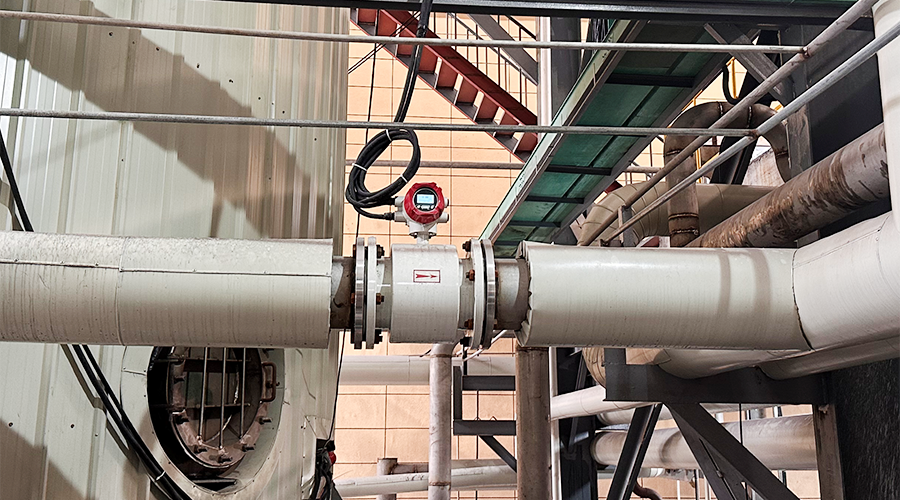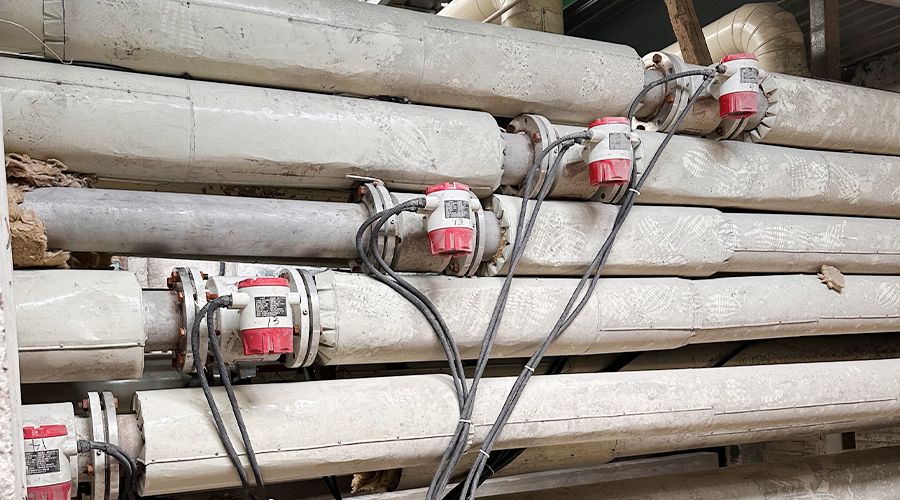Introduction
An electromagnetic flow meter is an essential instrument used to measure the flow rate of fluids in various industries. It works based on Faraday’s law of electromagnetic induction and is widely used in the water and wastewater treatment industries. In this article, we will discuss the definition and purpose of the electromagnetic flow meter and its specific applications, features, and advantages in wastewater treatment.
The Importance of Wastewater Treatment
Wastewater treatment is a crucial process that ensures the safe and effective disposal of wastewater.
It involves the removal of pollutants and contaminants from domestic, industrial, and agricultural sources. The untreated wastewater can harm human health, the environment, and aquatic life. Hence, proper wastewater treatment is essential to prevent diseases and protect the environment.
Wastewater Treatment Process
The wastewater treatment process involves various stages, including primary treatment, secondary treatment, and tertiary treatment. Primary treatment involves the removal of large solid particles, debris, and grease through physical and chemical methods. Secondary treatment involves biological processes to remove organic matter and nutrients from the wastewater. Tertiary treatment involves advanced methods to remove remaining contaminants, such as phosphorus and nitrogen.
The Role of Automation in Water and Wastewater Treatment
Automation in the water and wastewater treatment process improves the efficiency, accuracy, and reliability of the system. Automatic instruments, such as flow meters, level sensors, and pH sensors, help monitor and control the treatment process. Automatic control of the process ensures that the water quality meets the desired standards.
Applications of Electromagnetic Flow meter in Wastewater Treatment
The electromagnetic flowmeter is a suitable instrument for measuring the flow rate of fluids in wastewater treatment processes. Its specific applications include measuring the flow rate of sewage, sludge, and effluent. It is also used to measure the flow rate of chemicals, such as coagulants, flocculants, and disinfectants. The electromagnetic flow meter can handle corrosive and abrasive fluids with high accuracy and reliability.
Features and Advantages of Electromagnetic Flow meter in Wastewater Treatment
The electromagnetic flow meter has several features and advantages that make it an ideal instrument for wastewater treatment. Firstly, it has no moving parts, reducing the risk of clogging and wear and tear. Secondly, it can handle fluids with high solids content, making it suitable for measuring the flow rate of sludge. Thirdly, it is highly accurate and has a wide turndown ratio, making it suitable for measuring variable flow rates. Fourthly, it can measure bi-directional flow, making it ideal for measuring flow rates in open channels.
Case Study
According to a study conducted by the water and wastewater authority of a city in the US, the installation of electromagnetic flowmeters in their wastewater treatment plant resulted in increased accuracy and reduced maintenance costs. The flow meters were installed in the primary, secondary, and tertiary treatment stages, providing accurate and reliable flow rate measurements. The flow meters reduced the risk of clogging and wear and tear, reducing the maintenance costs.
Conclusion
In conclusion, the electromagnetic flowmeter is an essential instrument in the wastewater treatment industry. Its features and advantages, such as no moving parts, high accuracy, and reliability, make it an ideal instrument for measuring the flow rate of fluids in the water and wastewater treatment process. Automation of the process ensures that the desired water quality standards are met. The use of electromagnetic flowmeters in wastewater treatment processes increases accuracy and reduces maintenance costs, leading to a more efficient and effective treatment process. The future of electromagnetic flowmeters in wastewater treatment looks promising, with continued developments in technology and increased demand for reliable and accurate flow rate measurements.
Post time: Feb-28-2023


